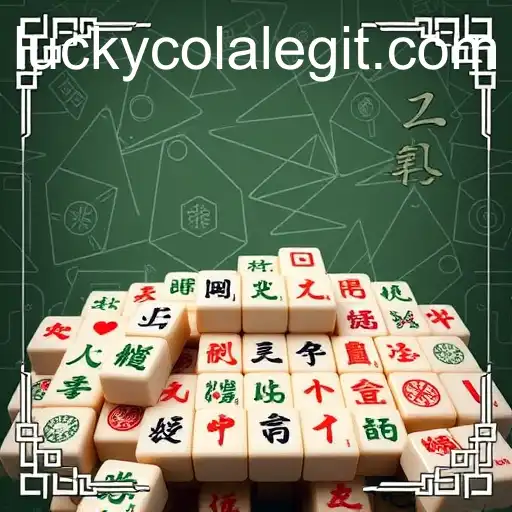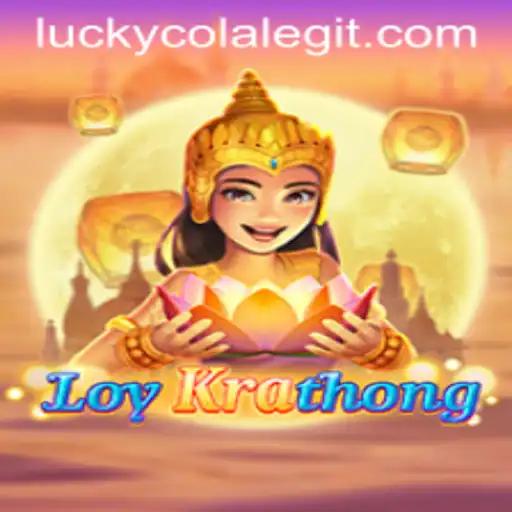The Intricate World of Mahjong: A Journey Through Symbols, Strategy, and Luck
The game of Mahjong is a cultural cornerstone in several East Asian societies, blending strategy, skill, and luck in a way that has captivated players for centuries. Often compared to card games like rummy due to its drawing and discarding mechanics, Mahjong is actually much more complex and steeped in tradition. Its origins are shrouded in mystery, with various legends attributing its invention to Confucius, Chinese royalty, or even fishermen. Whatever its beginnings, Mahjong has evolved into a global pastime that transcends borders, cultures, and languages.
The Game's Structure and Symbolism
Mahjong is played with a set of 136 or 144 tiles in most variations, and these tiles are richly adorned with symbols that have deep cultural significance. The tiles are divided into three suits: Bamboo, Characters, and Circles, each ranging from numbers one to nine. Additional tiles in the form of Winds, Dragons, and Bonus tiles add more layers to the game. Each of these tiles carries its own meaning, linked to different aspects of Chinese mythology and symbolism.
The Influence of Luck in Mahjong: Embracing the "Lucky Cola"
Mahjong is not merely a game of calculated maneuvers. The element of luck is omnipresent, symbolized playfully here as the “Lucky Cola.” Players often believe that obtaining certain tiles puts them on a lucky streak, similar to sipping a fizzy drink that refreshes and invigorates. The game's ability to combine skillful strategy with unpredictable luck is a major part of its allure. Many players celebrate moments when seemingly random tile draws align perfectly to create a winning hand.
Understanding the Strategy: More than Just Luck
While luck is a pervasive force, the strategic depth of Mahjong cannot be underestimated. Experienced players carefully observe their opponents’ actions, noting the tiles they discard and pick to deduce their hands and strategically decide on their own moves. Understanding the intricacies of when to chow or pung — or when to hold back a strategic card — becomes critical. Like a game of chess, predicting an opponent's move can make the difference between triumph and defeat.
Variations Across Cultures: From China to the World
Mahjong's adaptability is evident in the wide array of variants across Asia and beyond. Chinese Mahjong is renowned for its complexity, with regional rules differing even within China itself. Japanese Riichi Mahjong invites elements akin to poker in its betting system, while American Mahjong uses a yearly card that dictates valid hands, adding a dynamic challenge.
Mahjong as a Social Conduit
Beyond the game, Mahjong fulfills a deeply social role. Families and friends gather for hours, bridging generational gaps. The game is an entertainment staple during festivals like Chinese New Year and in informal settings, where old and young alike revel in the communal atmosphere. Conversations flow easily, relationships strengthen, and perhaps most importantly, a collective indulgence in the “Lucky Cola” of shared luck and camaraderie thrives.
The Symbolic Role of Mahjong in Media and Culture
Its iconic nature extends beyond the gaming table, seeping into films, literature, and even modern digital games, illustrating Mahjong's status as a cultural emblem. Games themed around Mahjong tiles, like tile-matching games on digital platforms, are a nod to its enduring legacy. In cinema, Mahjong often symbolizes tension and the stakes of gambling, reflecting its dual nature as both leisure and serious occupation.
Embracing Technology
In recent years, Mahjong has embraced technology with aplomb. Online platforms and gaming apps bring the traditional table into the digital age, attracting new generations of enthusiasts. These platforms allow players from around the world to connect, compete, and practice, ensuring that the game's relevance endures in the virtual space.
Conclusion: An Ever-Adaptable Game
Though Mahjong's roots are deeply entrenched in tradition, its capacity to evolve and adapt keeps it relevant in contemporary society. The game symbolizes how a deep connection with the past can seamlessly blend with modern adaptations to ensure cultural practices remain alive and vibrant.











